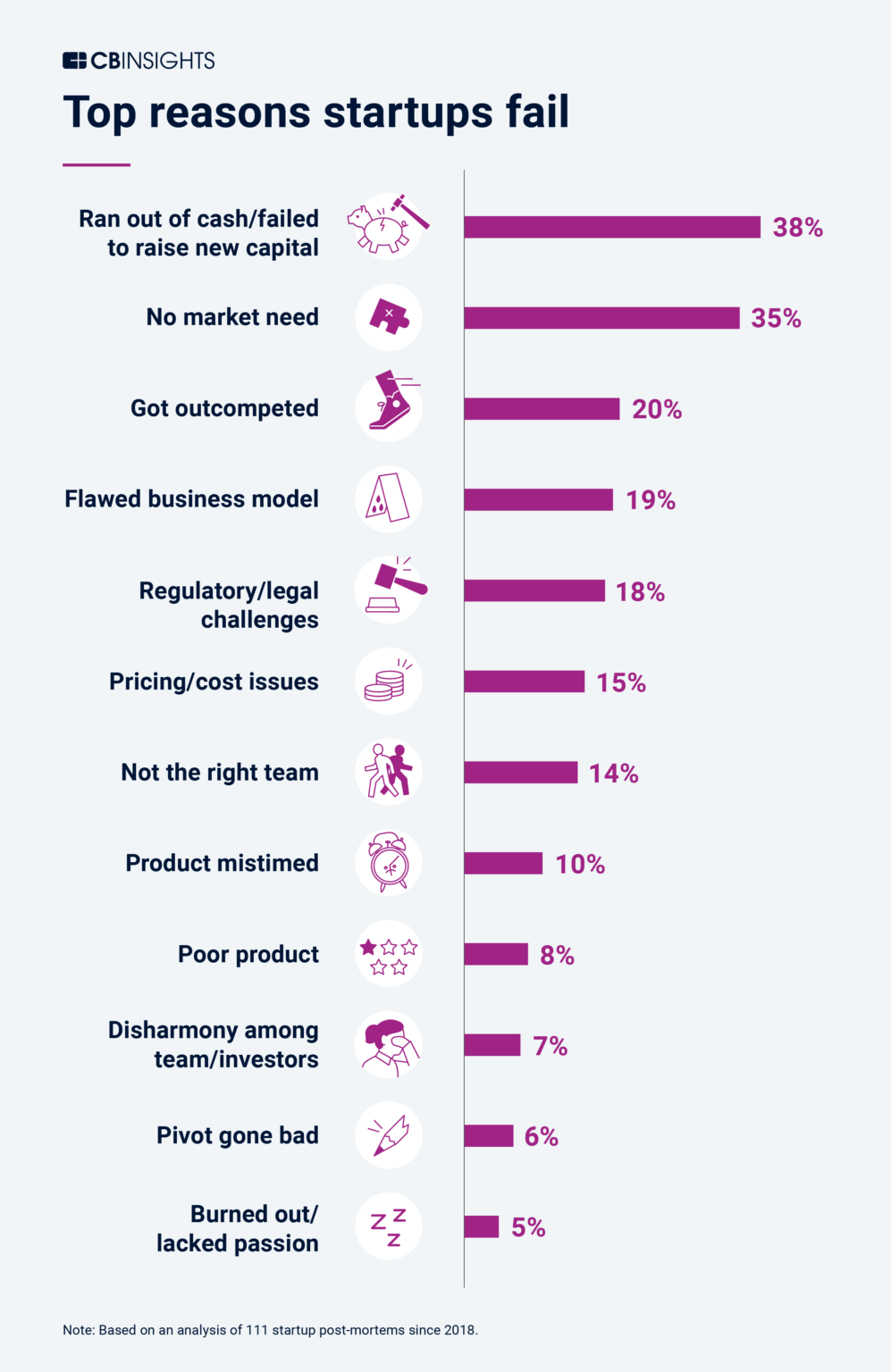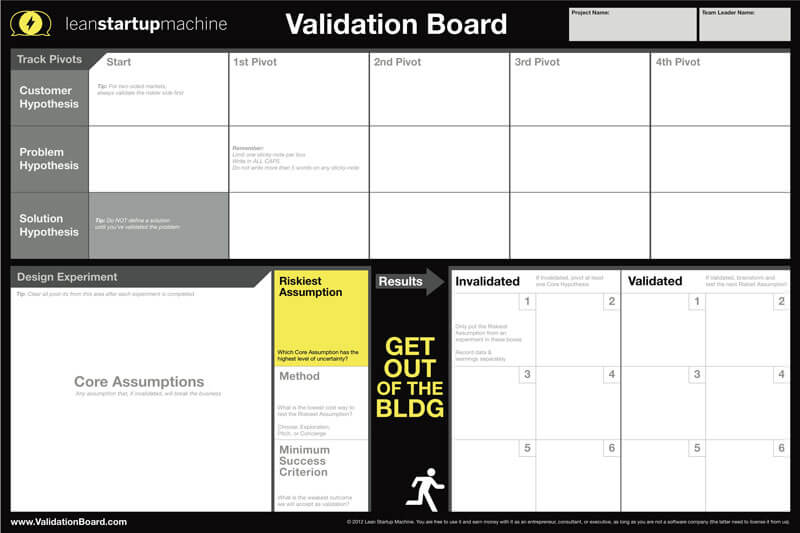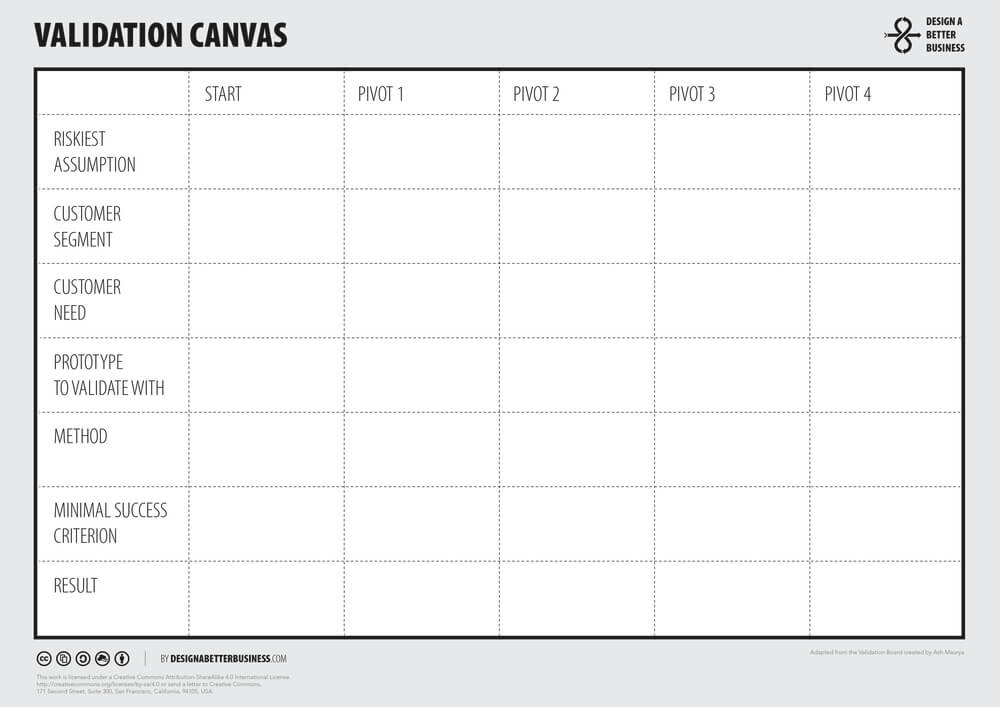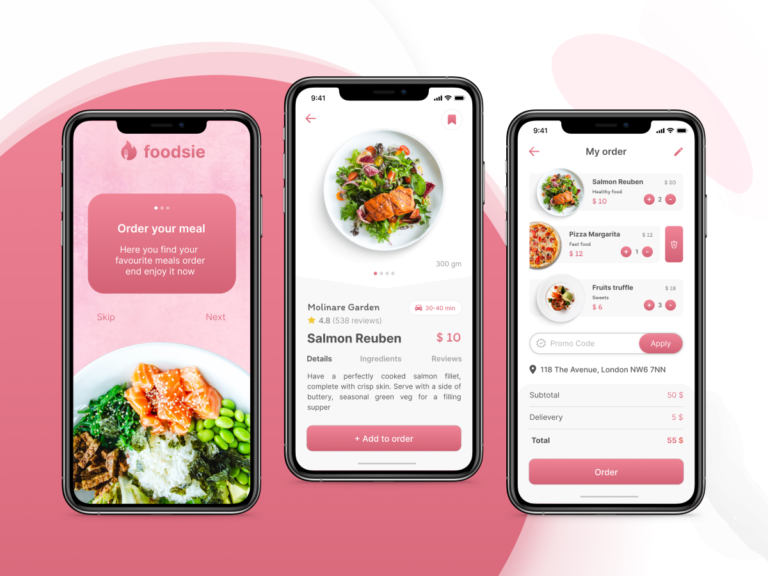Idea Validation for a Digital Product: Importance, Approaches, and Criteria
Starting a digital business in the modern world is costly, so few entrepreneurs can afford to build a product that won’t fly — and investors are also counting their risks. How do you know your product will sell? Idea validation is a good way to find out.
What is idea validation for a digital product?
The process of building any kind of product starts with an idea. You may think about it for a while, share it with friends or potential business partners, and even create a pitch for investors, but how do you actually know that the product will fly in the future?
Putting all your money and efforts into a project that hasn’t been validated is extremely risky, and now the standards for a digital product are so high, that businesses simply cannot afford spending hundreds of thousands of dollars on something that’s not likely to succeed
Maxim Itskovich, CEO of Mobindustry and IT consultant
Idea validation is the answer — it is a process of researching the market, making sure there is demand, developing a hypothesis, and testing it in the real world before fully committing to its development.
In this article, you’ll learn how to validate a product idea by making sure it is able to actually generate revenue in a certain market. Read ahead to learn how to make data-driven decisions instead of relying on subjective assumptions.
Why should you validate your idea before launching a product?
Up to 95% of all startups fail, although their creators are usually sure or at least hopeful that their idea is valid. According to CB Insights, the main reasons are:
- Inability to raise enough money
- No actual market and demand for the product
- A competitor winning over
- Invalid business model
- Legal challenges
- Pricing issues
- Not the right team
- Wrong time to market
- Poor product quality
The first two reasons are the most common, with 38% of startups unable to raise money when needed, and 35% of startups working on mere assumptions instead of making sure there is actual demand for their product.

Both these issues can be solved with the right idea validation process, which will ensure you got a market for your product and will make it easier for you to persuade your investors about it.
Digital product validation will also save you time and money, ensuring that you don’t invest in something that will flop after the product launch.
The Discovery phase and Product Validation
Product idea validation partly happens during the discovery phase of a project. At Mobindustry the primary goal of a product discovery phase is to make sure we build a product where each feature is purposeful and reflects the needs and demands of both the business and its clients.
Although the final result of a discovery phase is a technical specification, before starting to develop it, our business analysts conduct a series of research. They include:
- Market research
- Competitor research
- Target audience analysis
- SWOT analysis
All this information allows us to make sure there’s a market for the product, and the client understands their positioning in that market. After we build a technical specification around this data-backed hypothesis, we usually offer to prioritize features and create a Minimum viable product first.
The role of a Minimum viable product (MVP) in Idea validation
After a business owner gathered all the important data about the market, target audience, competition, and demand for their product, it’s important to actually test it in real-world conditions. One of the tools that allow that, is MVP — a minimum viable product.
An MVP is a product that only has the essential functionality to provide users with a service and solve their problems. All the additional functionality that can be postponed without hurting the core user journey, is put away in a backlog.
Thus, you get a working product that you can actually release and see the real reaction of the market. Not only do you save money by not going full-scale, but you also get feedback from your target audience. You can then use this feedback to continue the development and invest in the features that are used by your audience the most.
The best thing about MVPs is that you get all the data from analytics to improve your product and make sure you don’t waste money on unnecessary functionality.
Creating a product MVP, however, is still rather costly, so if you want to validate a product idea earlier, there are some other ways.
Ways to validate your digital product idea
There are several ways to validate an idea for a digital product, and some of them I’ve already mentioned above. Basically, all these methods can be split into two categories: theoretical and practical.
Theoretical idea validation methods include all kinds of research you can do before developing a product, like:
- Competitor analysis
- Market research
- SWOT analysis
- Target audience analysis
You can also brainstorm ideas and validate them through tools like a Validation Board and a Validation Canvas. These tools allow you to gather and systematize all your assumptions about your product and the market’s reaction to it.
A Validation Board allows you to define your hypotheses, track your assumptions, and reasons why your product might be a good fit for your target audience.

A Validation Canvas is a tool for validating product ideas that flips your perspective by showing you the obstacles to success.
It poses questions about your expected results, your value proposition, and why it’s better than what your competitors already offer.

The practical tools for idea validation can come in different forms, from prototypes and clickable demos to MVPs. These practical tools are tangible items that you can present to your target audience, focus group, or your investors. They show how your product will work and look, and you’ll be able to get feedback without having to commit to fully-fledged product development.
The best practice is to use all these tools together: first, conduct your research, generate ideas and hypotheses, and then gradually move from simple prototypes to an MVP, and then to an advanced product. Let’s now talk about how exactly it’s done.
How to validate your product idea in a few steps
Step 1: Define your goals, target market, and audience
Finding your target audience and market is the most important step in any business because if there’s no market for your product, you won’t be able to sell it, even if it’s perfect in itself.
Start with answering questions about your target market, audience, and the purpose of your business:
- Is the problem you want to solve real?
- Do people need your product to solve their problems?
- Who exactly would use your product? What are their main pain points?
- What features will help solve your TA’s problems, and how exactly?
- What location are you planning to cover?
- Is your business model scalable?
- Is a market big enough for your business to sustain itself? Does your pricing model work in this market?
- What competitors do you have right now? How will you be different from them?
At this point, you’ll make subjective assumptions that will need to be tested in the real world.
Step 2. Do your research
Now it’s time to get some real data to back up your ideas about your business. Conduct market and competitor research to find some real-world information about the environment you’re going to work in.
Collect data about your current competition, the market size, and its prospects, and figure out the minimum standard required for a similar product in your market. With all this information, you’ll be able to come up with more concrete hypotheses.
Step 3. Develop a hypothesis
A hypothesis is a statement that has certain criteria:
- Testability
- Defined criteria for success
- Focus on only one aspect of the product
You can develop several hypotheses, but each of them should be focused on one thing at a time, and have measurable consequences.
My advice is to start with the boldest assumption that has the highest likelihood of failure and the most significance to your whole business idea. For example, for Uber this hypothesis could sound something like this: “We assume that people will be willing to order a taxi in their app instead of calling, and have the payment withdrawn from their accounts directly”.
After you come up with your hypothesis, think about how you’ll determine whether it passed or not. For example, what ratio of positive vs negative feedback will indicate that your idea is viable? After your define these conditions, it’s time for experimenting.
Step 4: Experiment and adjust
There are many ways to conduct experiments for idea validation, and many of them won’t even require a significant budget. One of the most popular ways to conduct a real-world experiment is to launch an ad campaign for your future business and collect feedback from your audience.
Dropbox was one of the first businesses to do this: they pitched their idea in a short video that explained the core idea and functionality of their service that didn’t even exist at the time. The feedback they received, immediately indicated the demand and interest for their product in the market.
There are many forms in which you can present your product even if it doesn’t exist yet. They include:
- Emails with information about your product and an offer
- Presentation videos
- A landing page
- A real prototype
- Interview or survey
- Crowdfunding platforms
- A/B tested ad campaigns
Here’s just one example of how this works in real life: you hire a web developer and create a simple landing page. You optimize it via SEO to start getting organic traffic, and include CTAs to measure the interest of your visitors to your product. The CTAs can be anything: for example, giving users a discount for a future product or a digital guilde in exchange for their contact information.
To accelerate the process of getting traffic to your landing page, you can run a PPC campaign and have an influx of visitors that will give you more accurate results due to their volume.
Conduct online experiments based on each of your hypotheses, and adjust your business strategy accordingly.
Step 5. Build a prototype or an MVP
Depending on your product idea and the market requirements, you’ll need to build a prototype or even an MVP so that you have something to demonstrate to your investors or release to the public in order to get feedback. Your choice will depend on your current budget, plans, and market conditions.
At this point you should already have an understanding of whether your idea is valid or not, so now your goal is to build the first version of your product or a prototype for investors to see.
After building an MVP, continue to collect data: watch how your users behave, how they use your product, and how many of them are willing to pay for it regularly. This feedback will help you build your product further and make decisions based on real data from your users.
After your product reaches maturity, you’ll need to continue experimenting with new features and develop them alongside the regular maintenance and support procedures.
How Mobindustry can help you validate your digital product idea
The Mobindustry team offers various services from IT consulting to business analysis, to help business owners validate their ideas before they commit to software development.
Our first step is always conducting sufficient research on the market, target audience, and competition. Our marketers also conduct a SWOT analysis and can prepare experiments for proving the concept.
After gathering information about the current state of the market, our business analyst creates a technical specification based on the business needs and requirements. This technical specification allows them to prioritize features for an MVP and release the product as soon as possible, to gather early feedback.
Each stage of the development process is followed by demos and prototypes that our clients can show their investors and future customers. This allows them to raise money and start their marketing campaign early.
Final thoughts
In this article, you’ve learned how to validate an idea for a digital project before you commit to large investments and a complex process of software development. The digital product idea validation process includes these steps:
- Defining a business idea
- Finding a target market and audience
- Developing a hypothesis and a product validation plan
- Experimenting and analyzing feedback from the potential customers
- Building a prototype and raising money
- Building an MVP and analyzing feedback
- Improving and developing your product
These steps and their order can differ based on your business needs and market requirements. Just make sure that you make your decisions based on hard data, and not on subjective assumptions.
We at Mobindustry can help you with idea validation by using our research skills and over 10 years of experience in building successful products for various industries. Contact us for a consultation, and we’ll make sure your business flies!



